John Paul Jones, Admiral and Patriot
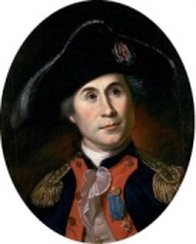
Considered a hero of the American Revolution, John Paul Jones was born in Scotland, carried out most of his naval exploits in the British Isles and died in Paris. His most famous encounter, a victory over the British warship, HMS Serapis, took place off of the coast of Yorkshire, England, thousands of miles from the American colonies.
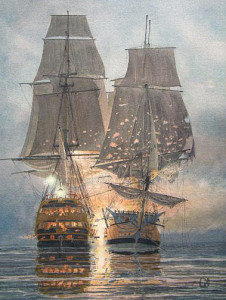
It is now a matter of historical debate as to when or even if John Paul Jones actually uttered the famous phrase “I have not yet begun to fight”. But if there ever was a moment for him to say it, now was the time. Some of his crew members, fully aware of the damage done below, unlocked the dozens of British prisoners on the verge of drowning in the hold, clambered on to the deck and not seeing the captain began to shout for quarter from the other side. Paul Jones was intent on knocking down the Serapis’ main mast with his personally manned nine pound gun. Upon hearing his own crew attempting to surrender he first tried to shoot at them with an unloaded pistol and then hurled it as the startled sailors fled below deck. Knowing his fate to be either imprisonment or even the noose, the captain had clearly adopted a much more modern outlook. Failure was not an option. Hearing the commotion, Pearson asked if the American ship had struck. Most likely Paul Jones’ response was not as theatrical as chronicled but he certainly made it clear that he would rather sink than surrender.
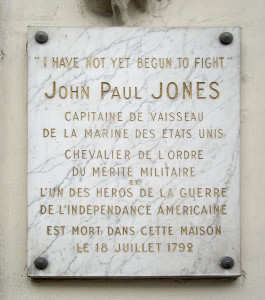
The American ambassador, Gouverneur Morris, found John Paul Jones to be a tiresome pest. However, when he received a message in July of 1792 that Paul Jones was gravely ill he proceeded to the captain’s rented apartment on the Rue de Tournon. There he had Paul Jones compose a modest will and hastily left for a dinner engagement. When he returned later that evening he found John Paul Jones dead, face down on his bed, his legs in a kneeling position on the floor. He curtly informed Paul Jones’ landlord that the deceased should be buried as modestly as possible, most likely because he feared that he personally would be stuck with the bill. Luckily, officials of the French government became aware of the naval hero’s demise and incredulous at the ambassador’s response, took charge of John Paul Jones’ burial.
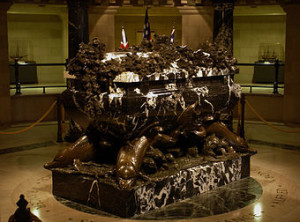
John Paul Jones languished in obscurity for over one hundred years. As the city of Paris expanded, it covered over the small cemetery with full fledged urban dwellings. It took a determined American ambassador and the patriotic fervor of President Theodore Roosevelt to congressionally underwrite an archeological dig. This needle in a haystack proposition at least had the knowledge that Paul Jones’ undertakers, presuming that eventually America would come calling, buried him in a lead coffin, sealed in alcohol. It took five years and the exhumation of dozens of graves but, in 1906, when his coffin was opened, John Paul Jones was so well preserved that his face was instantly recognizable. Dimensions from the Houdon sculpture confirmed his identity and following an autopsy that attributed his death to a combination of kidney failure and pneumonia, John Paul Jones began the lengthy journey back to his adopted homeland. His casket, now encased in polished wood and the American flag, was paraded through the streets of Paris, accompanied by hundreds of American and French military personnel. Transported to Cherbourg, it was loaded on to the USS Brooklyn and accompanied on its transatlantic voyage by a flotilla that swelled to eleven warships by the time it reached the Chesapeake Bay. It would take seven more years to construct a suitable repository for the mortal remains of John Paul Jones, appropriate for a man who spent much of his career impeded by the indecision of others.
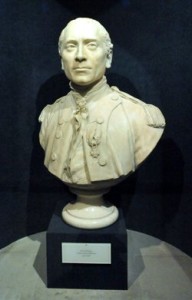
Podcast: Play in new window | Download
Subscribe: RSS
